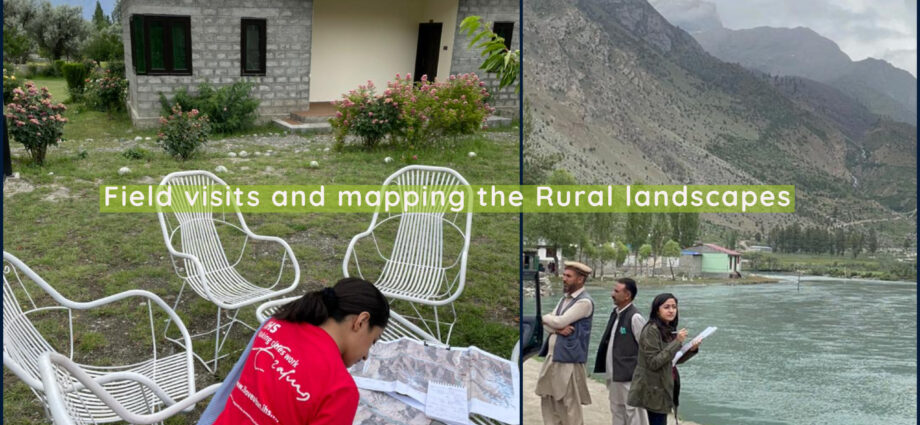The parameters of designing a walkable city touch upon all the urban systems hence driving holistic changes in cities.
Samna Khan
Introducing our Pakistan Correspondent Samna Khan!
Here at Pedestrian Space we recently launched a Global Walkability Correspondents Network, as a way to build solidarity among walkability advocates around the world and continue to create media on sustainable mobility and urbanism.
We are grateful to welcome Lahore-based Samna as the first Pakistan Correspondent to our growing network of individuals who are passionate walkability advocates.
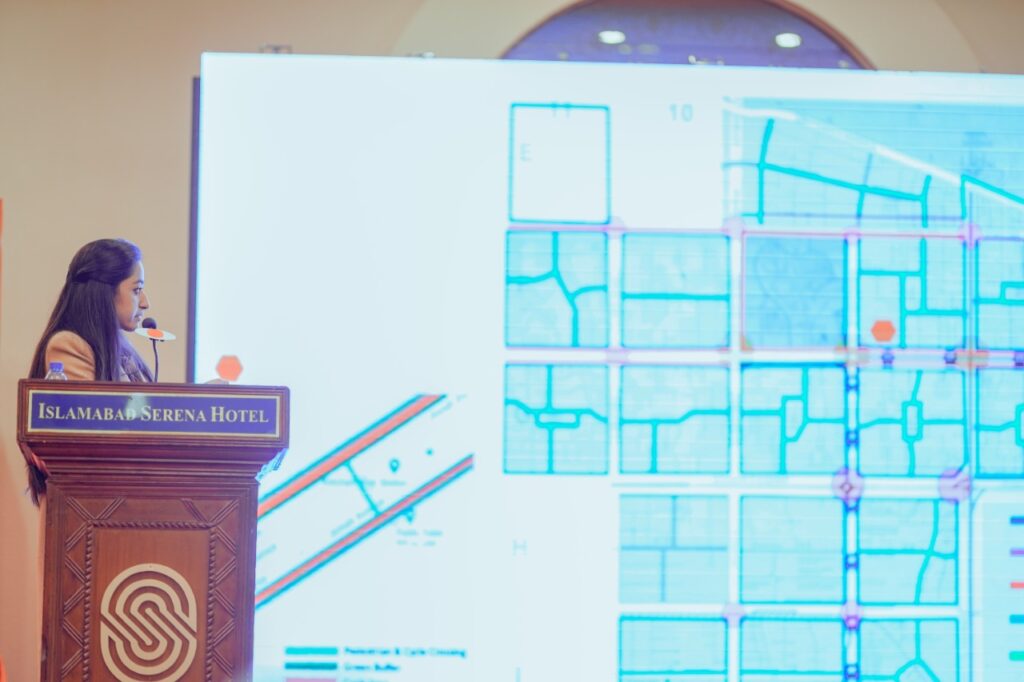
WHO
I am an Architect and Urban Researcher based in Pakistan. After practicing architecture for a couple of years, I became more interested in urban design, public spaces, and the livability of cities. Consequently, I pursued post-grad education in Urban Management and Development at Erasmus University, The Netherlands as a Nuffic Scholar.
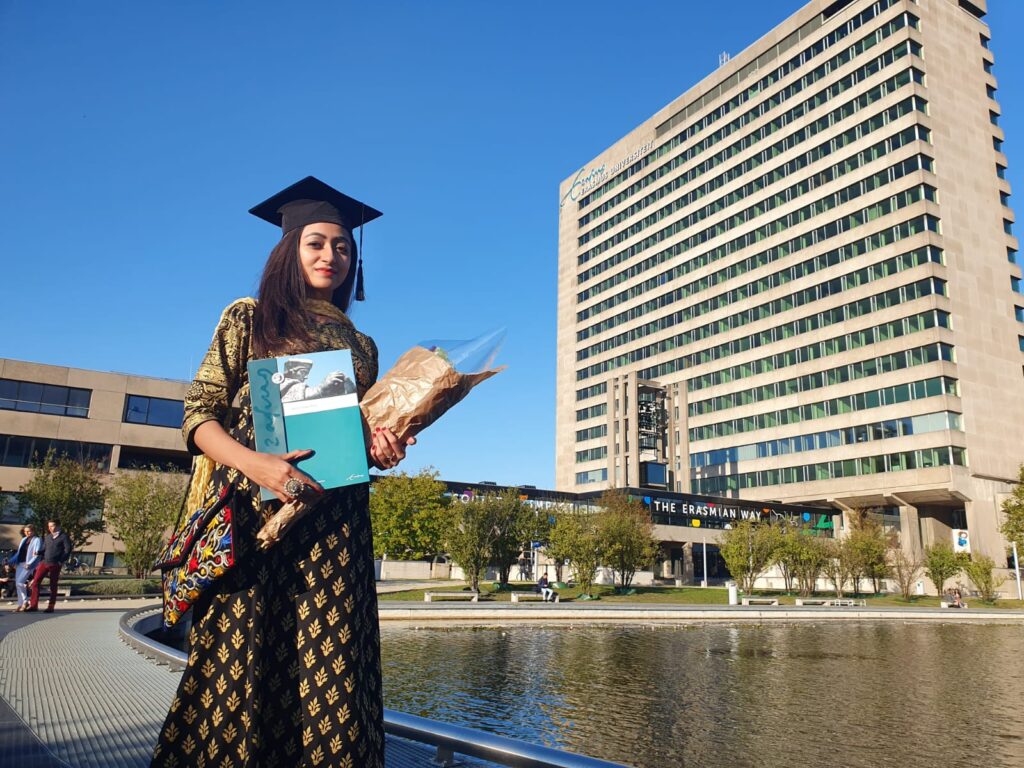
The Air Quality Index has crossed the safety mark along with traffic jams getting worse. The city faces challenges of horizontal expansion and increasing vehicles.
Samna Khan
Living and traveling in Europe, I developed a profound understanding of spatial structures in various countries in comparison to the global south. My career objective lies in bridging the gap between research, urban design, and policies for livable cities. For the last year and a half, I have been working on various urban policy research projects in Pakistan. I have worked as a consultant with the government, private sector, and international development organizations regarding urban development, neighborhood revitalization, heritage, and cultural preservation, urban governance strategies, placemaking, and more.
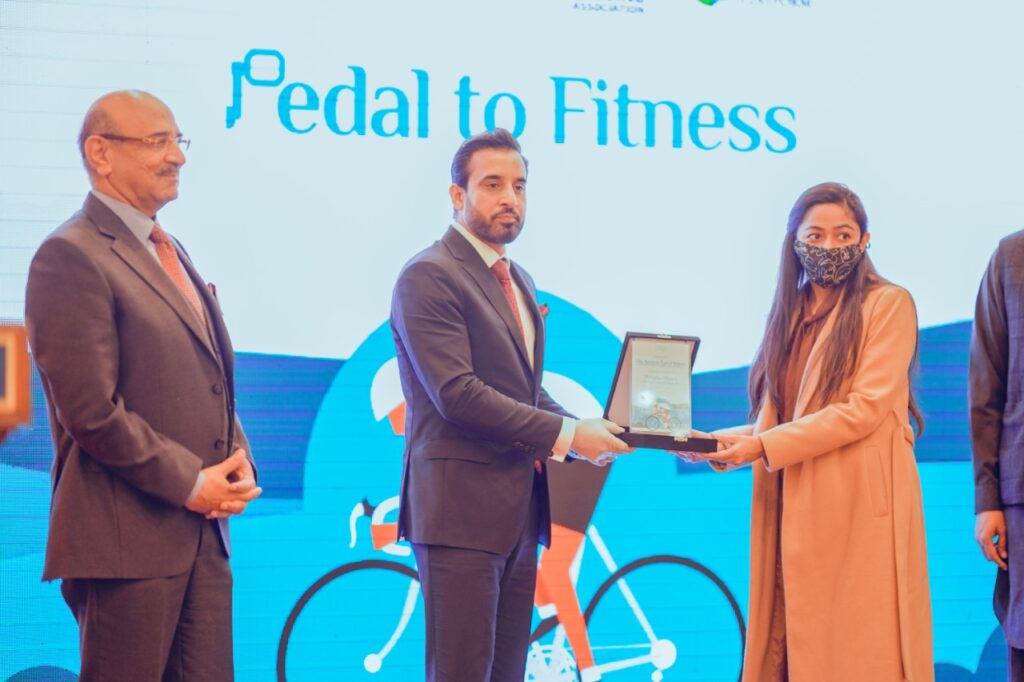
WHERE
I have lived in the twin cities of Pakistan, Rawalpindi, and Islamabad. Recently I moved to Lahore, the second-largest city in Pakistan with more than 11 million people. I will represent Pakistan with a focus on Islamabad, the capital city, and Lahore one of the wealthiest cities.
Living and traveling in Europe, I developed a profound understanding of spatial structures in various countries in comparison to global south. My career objective lies in bridging the gap between research, urban design and policies for livable cities.
Samna Khan
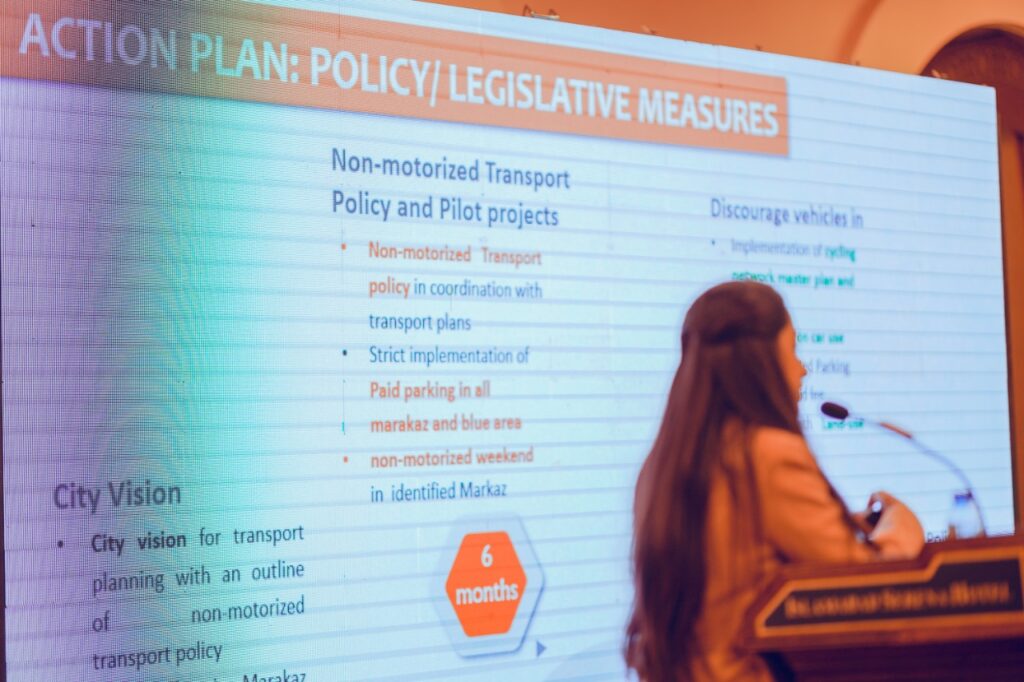
Urban development, public transport, and infrastructure are generally much more developed in Lahore, but the livability of the city keeps on declining. The Air Quality Index has crossed the safety mark with traffic jams getting worse. The city faces challenges of horizontal expansion and increasing vehicles. Despite developments in public transport, much of the middle and upper class opt for private vehicles. While the new housing societies beautifully design their urban landscapes, there is still no consideration for pedestrians. All other small cities in Pakistan are following the same trajectory of growth and will thus face the same challenges as the hustling- bustling Lahore.
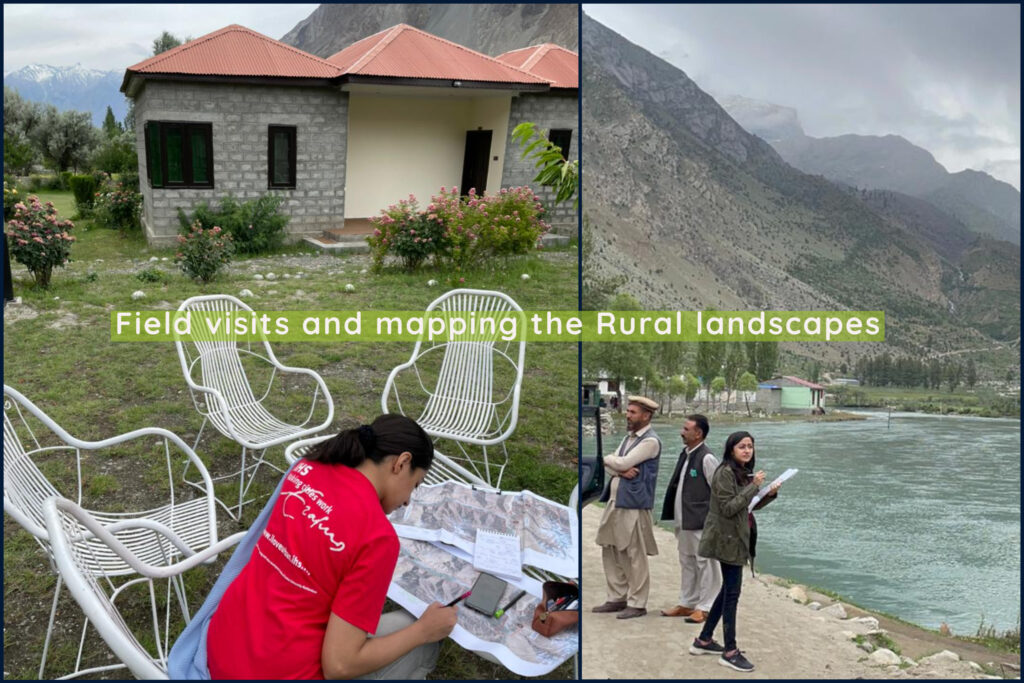
WHY WALKABILITY
I believe in the great sustainability potential for cities- socially, economically, and environmentally. Walkability not only represents a safe and inclusive street, but it is an outcome of smart urban, housing, and mobility planning. The parameters of designing a walkable city touch upon all the urban systems hence driving holistic changes in cities.

Samna is an architect from Pakistan and holds a Master’s in Urban Management & Development from Erasmus University, Rotterdam as a Nuffic scholar. After practicing architecture for a couple of years, she became more interested in the urban realm. She now works as an urban strategy specialist for various research projects.
Read Pakistan Correspondent Samna’s content here
Learn more about the Global Walkability Correspondents Network here

